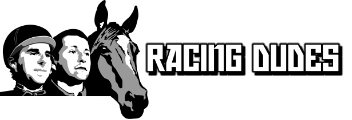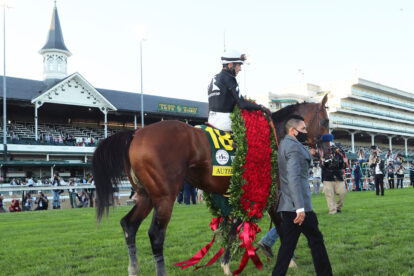Always wanted a racehorse of your own, but don’t exactly have a stable or a few hundred grand lying around? You’re not alone. And in 2025, you don’t need a mansion, a million-dollar bankroll, or a trophy room to own a racehorse either.
A new wave of platforms makes it possible for everyday fans to buy real ownership shares in real racehorses. It’s not betting, and it’s not fantasy — it’s micro-ownership. Paying a few hundred dollars for your shares, you gain access to the whole other kind of experience, which is absolutely worth your money if you love horses and horse racing.
Let’s take a look at how micro-ownership works in horse racing.
What Micro-Ownership Really Means
Not long ago, owning a racehorse meant deep pockets, high risks, and a seat at an exclusive table. Today, that table has extra chairs, and they’re surprisingly affordable.
Traditionally, buying into horse racing was a major financial commitment. A decent racehorse starts at around $25,000, and that’s just the beginning. Owners typically spend at least $1,000 per month to cover training, feeding, boarding, vet care, and transport. For elite horses, costs climb much higher. Justify, the 2018 Triple Crown winner, was valued at $75 million after retirement. And Fusaichi Pegasus, a Kentucky Derby winner, reportedly sold for $70 million at stud.
That kind of ownership has always been limited to syndicates, celebrities, and seasoned investors. Micro-ownership changes the math. It breaks down the traditional cost of owning a racehorse into affordable shares. It’s not crowdfunding. It’s fractional equity. Platforms handle the logistics, vetting, and licensing, while users get access to updates, earnings, and events. MyRacehorse is the most prominent player in this space, with over 50,000 active shareholders and more than 100 horses in its current stable.
The hook is that while you own a horse (a good fact to boast at a party), you also get the experience that comes with it. Owners receive regular video updates, behind-the-scenes footage, trainer briefings, and invites to paddock meetups. The app streamlines all of it, from financials to post-race highlights.
Though for many people, the real payoff isn’t monetary, that doesn’t mean profits aren’t part of the picture.
In 2020, over 4,500 people held shares in Authentic, the colt that won the Kentucky Derby. More recently, 2,570 MyRacehorse shareholders had a piece of Seize the Grey, the 2024 Preakness Stakes winner. One owner reportedly pocketed $95 in earnings from a single race. Not life-changing, but it beats most sports memorabilia.
MyRacehorse has also added a post-care component: a “Horse Super Fund” to support retired horses after their careers end. Owners contribute a small portion of their investment to help ensure a humane retirement, retraining, or rehoming. For many fans, that extra responsibility matters.
Why This Model Works
Micro-ownership is just a new entry point in the racing industry. Racing has long struggled with declining engagement, particularly among younger audiences. Micro-ownership gives fans something to follow, not just wager on.
It’s also a gateway. Industry data suggests that around 20–30% of micro-owners eventually go on to buy larger stakes in horses or partner up in syndicates. That’s no small shift in a sport where entry costs have historically started in the five figures. And most owners take care of their horses even after the animal’s retirement, which significantly improves their well-being as well as the reputation of horse racing.
MyRacehorse recently raised $7 million to expand its platform, both into international racing and possibly other sports and assets. One upcoming feature includes a trading hub for shares, allowing owners to sell their stake mid-season. Blockchain-based share certificates are also reportedly in development, which will only improve the service quality and make horse racing a modern sport.
Final Thoughts
Owning a racehorse still sounds like a fantasy to most. But in 2025, it’s a fantasy that costs less than a night out. For fans looking for more than betting slips and highlight reels, micro-ownership adds a real stake in the sport. And while the money might be modest, the connection to the horse — and the ride — might be worth every penny. So, maybe next time you want to bet, go to https://sportbet.one/ and bet on any sport. And when you win, buy yourself a little treat — a part of a horse ownership.


